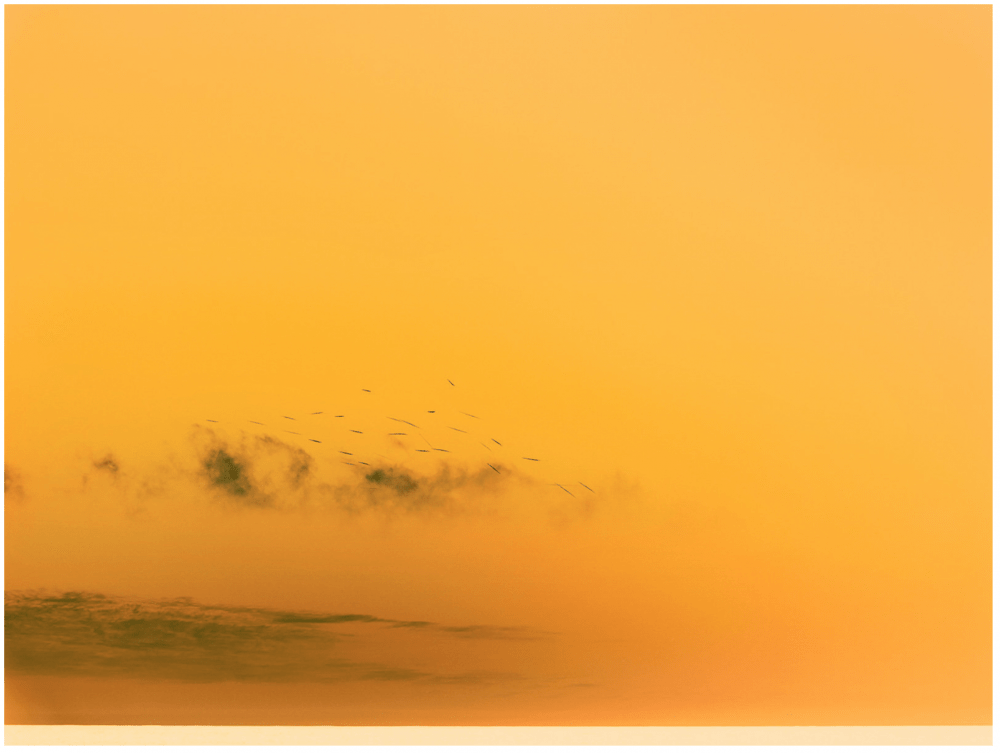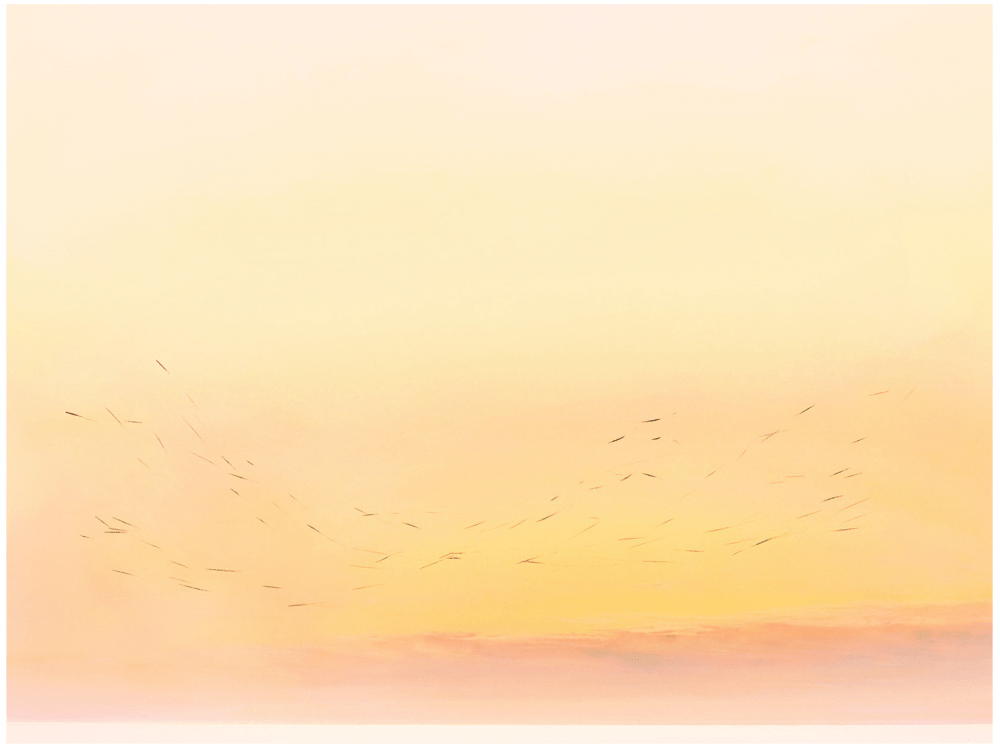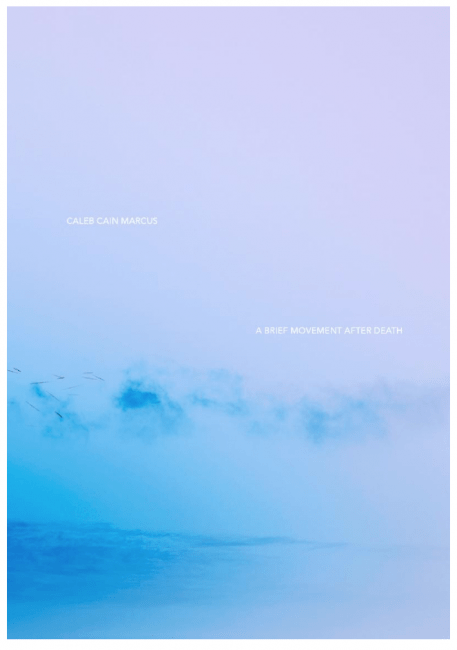blog
Book Review: A Brief Movement After Death by Caleb Cain Marcus

In A brief movement after death (published by Damiani, October 2018), his most conceptual series to date, Caleb Cain Marcus contemplates the afterlife through a poetic interpretation of what the release of energy from the body into the universe might look like when we die. The painterly images, which are rendered in exquisite hues of blue, orange, green, violet and grey, were taken along the coasts of New York and California and contain sky and ocean – immense bodies of space that we can lose ourselves in, becoming part of their vastness.
With the birth of his daughter, Cain Marcus’ own death suddenly felt very near. His childhood questions about what happens when we die resurfaced and he began to think about how to visually represent what occurs after death. He wondered if the façade of our earthbound reality dissolves to give way to something that is truly extraordinary?
He writes: “As I watched my daughter interact with the world, I saw how many experiences were ahead of her that I’d already lived. She was moving toward life in all its brilliance and I toward death.”




Cain Marcus’ images remind me of a series of graphite drawings done by William Anastasi. His Subway Drawings were done while Anastasi rides in a subway train blindfolded. He holds two sharpened drawing pencils so they just touch the paper in his lap while riding from one subway stop to another. The drawings that come from this “unconscious” method of conceptual drawing are random, incidental registrations made by an external influence. Or are they? One could argue the marks are made regardless of random influence. The universe has a way of speaking through apparently random occurrences.
The images in A brief movement after death are a combination of photograph and marks made by a grease pencil attached to a string, which the artist swings over the print like a pendulum. These markings resemble a swarm of fireflies or a flock of birds. Both of these occurrences are difficult to capture well in a photograph. How would one best capture the experience of watching a flock of starlings in the summer sky move like a school of fish turning and diving through the air? Somehow, I believe Cain Marcus has done this. It may be the universe at work again. The color fields are contemplative and soothing like a Buddhist sand mandala. The markings seen in this series of images were supposedly random, but did not feel like it. Much like Anastasi’s drawings, Cain Marcus’ images echo automatic drawings attesting to the artist’s lack of control… which brings us back to the nature of death and life and the seemingly random influences of how and where they will touch all of us.

A brief movement after death by Caleb Cain Marcus
Paperback; ISBN-13: 978-8862086042
48 pages; 20 illustrations
Caleb Cain Marcus has a practice stemming from photography that is centered around color which he explores through material and surface. His work juxtaposes the uniformity of the inkjet medium with hand applied mediums that vary based on the speed, pressure and angle of the gesture that touches the paper. Together they produce color that is immersive, sensory and poetic.
His photographs have been published in Orion, PDN, Conde Nast Traveler, Polka, Fisheye, The Scotsman, Time Lightbox, Smithsonian, Hyperallergic, National Geographic and Slate, among other outlets internationally.
Cain Marcus’ work is in the permanent collections of the Metropolitan Museum of Art, Getty Museum, Museum of Fine Arts Houston, the High Museum of Art and others. He holds an MFA from Columbia University. He lives and works in New York City.
For more information about Caleb Cain Marcus, visit: www.calebcainmarcus.com
Location: Online Type: Book Review
Events by Location
Post Categories
Tags
- Abstract
- Alternative process
- Architecture
- Artist Talk
- Biennial
- Black and White
- Book Fair
- Car culture
- charity
- Childhood
- Children
- Cities
- Collaboration
- Cyanotype
- Documentary
- environment
- Event
- Exhibition
- Family
- Fashion
- Festival
- Film Review
- Food
- Friendship
- FStop20th
- Gun Culture
- Italy
- journal
- Landscapes
- Lecture
- love
- Masculinity
- Mental Health
- Museums
- Music
- Nature
- Night
- photomontage
- Podcast
- Portraits
- Prairies
- River
- Still Life
- Street Photography
- Tourism
- UFO
- Wales
- Water
- Zine

Leave a Reply